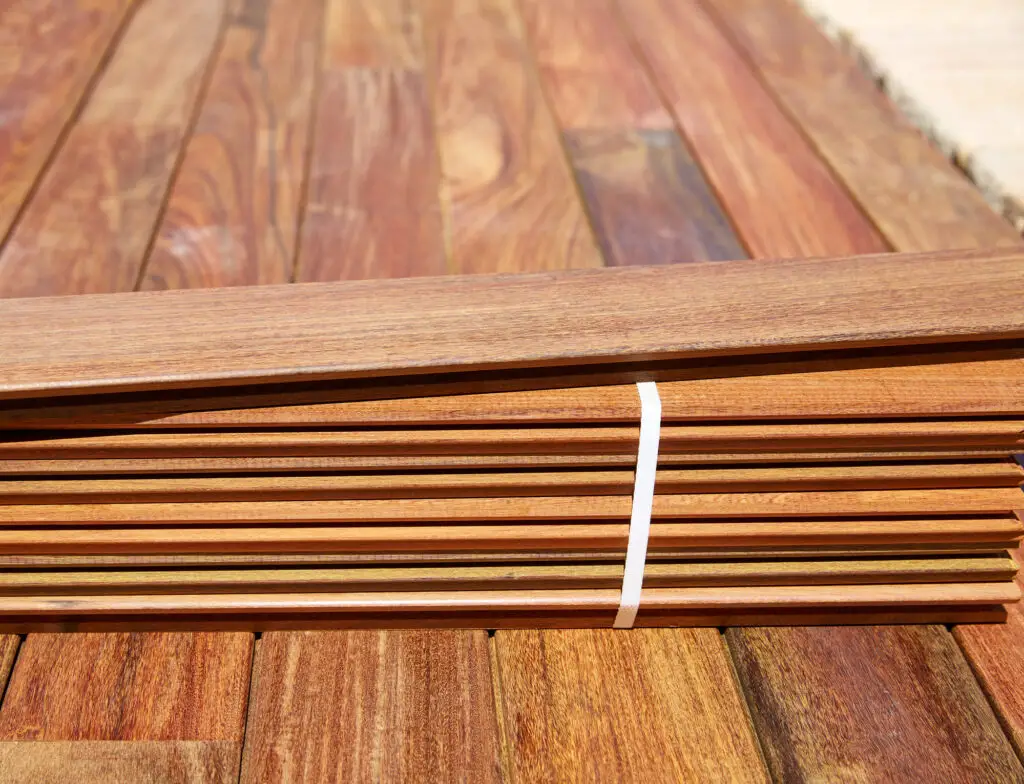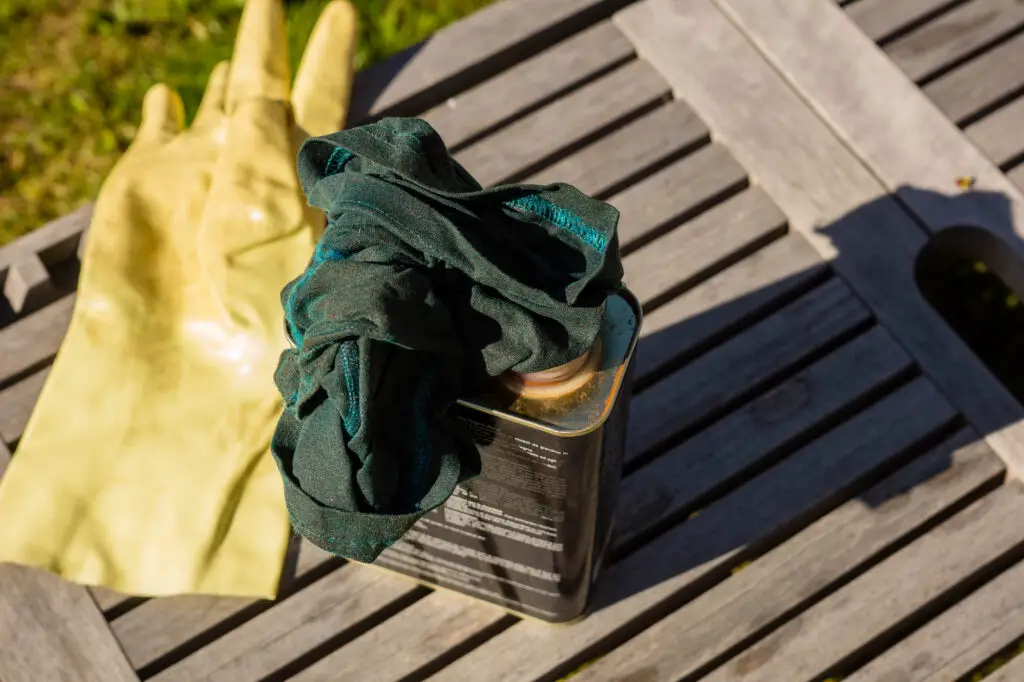It is every woodworker’s goal to ensure that their end project looks, feels, and works nicely—no matter the purpose of the end product.. After all, the hard work would feel like it went to waste if the finished product wasn’t what you envisioned it to be! One way to be sure your wood has a great-looking finish is to apply Danish oil.
If you’ve never used Danish oil, you may be unsure of the process for application. No worries! We are here to explain exactly how to get that beautiful finish.
Here is a rundown of the basic application process (we will go more in-depth below) The first key to a perfect application is to use a very thin coating across the wood applied with a soft cloth. Once coated, you should allow it to rest for a few minutes before rubbing the oil in further. Then you will need to let your piece sit for at least eight hours.
Always follow manufacturer’s directions when using products like Danish oil.
How Many Coats Of Danish Oil Should I Use?
Danish oil is relatively thin, around three coats would be the optimal amount of layers to apply. However, Danish oil dries slowly, so it is best to wait at least eight hours before applying the other coats.
Additionally, it would be best to ‘wet sand’ between the second and third layers for a smoother finish. Buff Danish oil as needed
How Do You Make Danish Oil Shiny?
There are a couple of ways you can get a shiny or glossy finish with Danish oil.
For a regular gloss sheen, apply varnish or lacquer after your Danish oil coats have finished settling in. This option will likely give you the sheen you are looking for, but if you want a little extra shine, you can try adding in paste wax. Add a little bit of paste wax to your surface buffing it to a high sheen. Make sure you follow the product’s specifications for use to ensure the best outcome.
Another way to get a glossier finish is with polyurethane. Wait a few days after applying the last layer of Danish oil, then use a coat or two of polyurethane to add some glossiness. It is essential that you let the oil dry completely, or else the polyurethane will take an extensive amount of time to dry.
How Do You Remove Danish Oil From Wood?
To remove all Danish oil, scrub your workpiece with either steel wool or sanding paper. If you choose to sand, it is best to start with 60 grit to remove the bulk of it before moving to 80 or 120 to smooth the rest out. Removing it can be a tedious process, so it is better to be sure you want to use Danish oil on your wood before you start an application.
How Do I Get A Smooth Finish With Danish Oil?
When applying layers of Danish oil, lightly sand the second and third layers after they have finished drying. This will ultimately eliminate brush marks and help promote a much smoother finish.
After that you can Buff your Danish oil.
Does Danish Oil Need A Top Coat?
The Danish oil is intended to be a complete finish all by itself, though you can apply layers of gloss if you desire a different sheen.
Popular choices for gloss include polyurethane, shellac, and lacquer.
How Long Does Danish Oil Take To Cure?
After the last player is applied, it usually takes around eight to ten hours before being fully dry. If you plan to apply polyurethane or any other top layer, you should wait at least three full days. Trying to rush the process can result in an extended dry time for your top layer.
As for a complete cure, it can take up to one entire month for the Danish oil to cure underneath the surface of the wood. You can expect it to take even longer in a more humid environment!
Why Does Danish Oil Go Sticky?
There are several reasons why Danish oil can become sticky. The most common reasons:
- misapplication
- Not enough drying time between layers
- Your oil is too old
When applying your Danish oil, if you use too much product you may end up with a tacky wood surface. As stated above, it is best to go with several thin layers. You also need to be sure that you are giving the layers enough time to dry before slapping on the next one. Finally, check the expiration date on your Danish oil. It is possible that your oil is too old for a great application.

